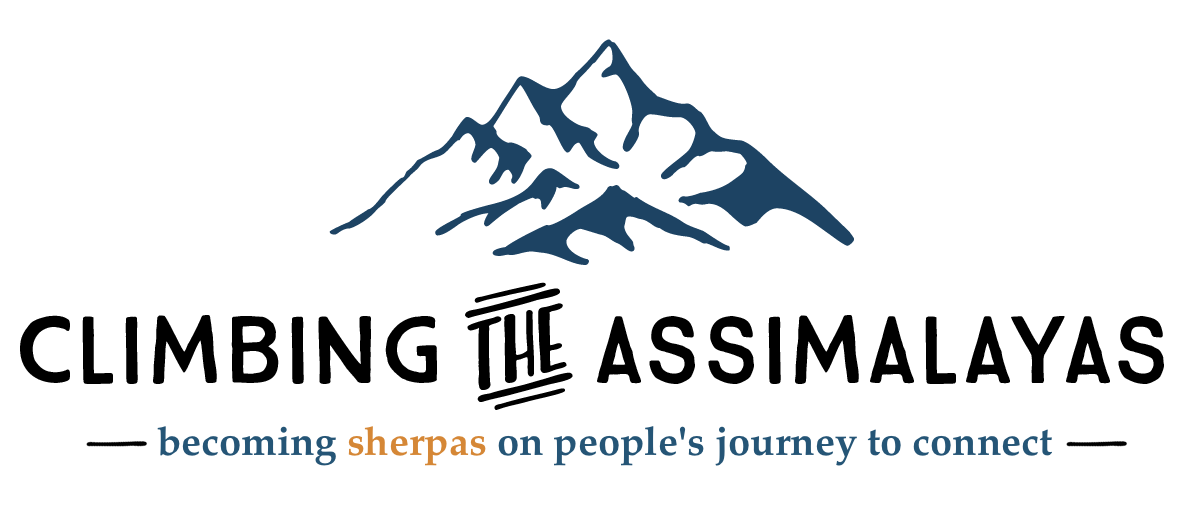The key to promoting your assimilation environment
Your Yelp app is pointing to a new reality in how your church’s guests make decisions about where they spend their time—and why.
When you are Yelping to find a restaurant you want to try, the features option has expanded way beyond seeing what's on the menu and the price range.
Now people's choices about what restaurant they are willing to try is based on factors like...
🪑 outdoor seating
🐶 pet friendly/kid friendly
🔥 "Hot & New"
❤️ liked by 20-, 30-, or 40-somethings
📺 has TVs
👥 good for groups
📍 PokeStop nearby
And have you noticed how Disney is marketing their theme parks these days?
No longer is it about what the coolest rides are and when/how to get the best price on tickets—now it’s all about staying at the resort, lodging by a body of water, a concierge making your kids dreams come true by introducing them to Disney characters, your family playing in the pool or at the beach together…
It's about relaxing and having fun.
That's right. It isn't about the best burger, cheapest combo meal, discount tickets or most thrilling ride.
People today are making decisions about where they go based on the experience being offered, not the content being communicated.
In other words, the burger has to be good, and the ride has to work, but the environment that is created will be the deciding factor as to whether guest will come and whether they will return.
This has informed how we promote the environment we have created for guests at our church.
We call it Next Steps, and we recently discovered what Yelp, Disney, and micro-breweries opening up everywhere are discovering:
Sell the environment—not the menu, rides and beer.
The current trend of using images of people experiencing what you are promoting (rather than logos) is also a manifestation of this new reality.
For a long time, we began selling Next Steps by sharing its content.
We said things from the stage like…
"Come and find out everything you need to know to get connected at our church"
“Discover your purpose in life"
"Learn about Eastside's story and how you can become a part”
Our attendance was dismal.
Then something happened.
Gene Appel (our Senior Pastor) asked guests from the stage on New Years Day to make it a "New Year's Resolution" to come to Next Steps.
He didn't lead with the content of the program—he led with what they would experience.
He said things like…
"Your journey at Eastside begins at Next Steps"
"Because following Jesus is about a journey and not a class, you'll get a backpack when you arrive and a new piece of equipment each week to reinforce the training we are giving you"
"You'll be at tables with other people new to our church, discussing relevant issues and competing for some cool prizes"
Our attendance at Next Steps more than doubled the following weekend!
The next time he did it, we saw another significant bump up—our largest attendance of Next Steps yet.
And here’s the kicker: not one person who attended was a recipient of our mass video email that week to guests who have been attending for 3 to 4 months but have not been to Next Steps. Not one!
All this leads me to a potentially shocking conclusion: I really don't think guests care that much about the content of our assimilation programs.
"Oh, but Greg, we share that they will discover what they were born to do, how to know their purpose in life, and how they can make a difference through our church!”
Sorry to break it to you, but most of your guests feel like trying to make a good living, holding a marriage together, and raising good kids is enough purpose for them.
I am not saying this is their ultimate purpose and source of fulfillment, but I am saying that when you are inviting them to your assimilation environment, all they really care about is what they will be experiencing there.
Not the bullet points of the content in your program.
If the environment you've created is awesome, they will connect with the content. Whatever it is.
So here's what I'm learning about promoting our assimilation environments:
🎤 Promotion that works is driven from the stage
📣 The Senior Pastor has to be the promotor monthly or at least quarterly during months with high attendance
🔑 And of course, here’s the key: Promote what they will experience not the content of the program.
So take a cue from Yelp, restaurants, theme parks and breweries: they know that their content (menu, rides, even prices) is secondary to the guests they target.
If you create and promote the experience you've crafted for them, this environment will allow whatever is on your content menu to be absorbed well and to transform their lives.
That's what the right environment does.
Now take some time to process all things environment with your team using the discussion questions below.
TO CHEW ON WHILE WE CLIMB
➊ Examine the promotional content of your assimilation environment (the One Program you want all guests to go to). Are you selling the content or the experience?
➋ What is being said from the stage, bulletin, web page and by email that lets them know about the kind of environment that you are inviting them to instead of the content you want them to know?
➌ What is the one change in promotion that you could road test next month to evaluate its effectiveness?




